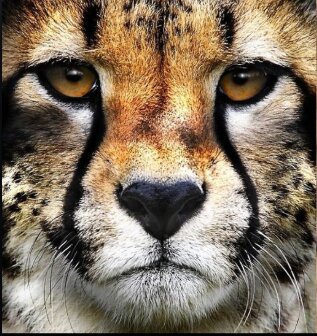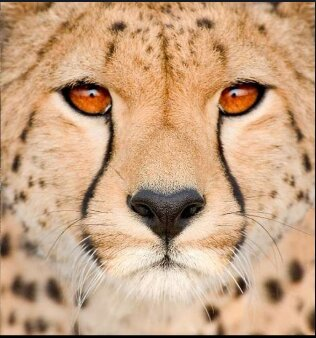Important Facts For Prelims
International Cheetah Day
- 06 Dec 2022
- 3 min read
Why in News?
Every year, International Cheetah Day is celebrated on 4th December since 2010.
- Dr. Laurie Marker designated the day as International Cheetah Day in remembrance of Khayam, a cheetah she raised from a cub at Wildlife Safari in Winston, Oregon.
What are the Key Facts about Cheetah?
- The cheetah is one of the oldest of the big cat species, with ancestors that can be traced back more than five million years to the Miocene era.
- The cheetah is also the world’s fastest land mammal that lives in Africa and Asia.
- A majority of the world's 7,000 cheetahs live in South Africa, Namibia and Botswana.
- Namibia has the world's largest population of cheetahs.
- The cheetah is the only large carnivore that got completely wiped out from India, mainly due to over-hunting and habitat loss.
- Eight Cheetahs have been recently reintroduced in India from Namibia to Kuno National Park.
UPSC Civil Services Examination, Previous Year Question (PYQ)
Q. Consider the following: (2012)
- Black-necked crane
- Cheetah
- Flying squirrel
- Snow leopard
Which of the above are naturally found in India?
(a) 1, 2 and 3 only
(b) 1, 3 and 4 only
(c) 2 and 4 only
(d) 1, 2, 3 and 4
Ans: (b)
Exp:
- Black-necked crane is commonly found in Tibetan and trans-Himalayan region. In winters they migrate to less colder regions of Indian Himalayas. It has been evaluated as Near Threatened in IUCN list. Hence, 1 is correct.
- Cheetah is an extinct species in India. They have gone extinct during the pre-independence era mainly due to hunting. By the beginning of the twentieth century, the species was already heading for extinction in many areas. The last physical evidence of the Asiatic cheetah in India was in 1947, in Eastern Madhya Pradesh or Northern Chhattisgarh. It has been evaluated as vulnerable in IUCN list. Hence, 2 is not correct.
- Flying Squirrels are found in Western Ghats, Northeast and other Indian forests. It has been evaluated as least concern in IUCN list. Hence, 3 is correct.
- Snow leopard, listed as vulnerable in IUCN list, is found in the Himalayan ranges. Hence, 4 is correct.
- Therefore, option B is the correct answer.






